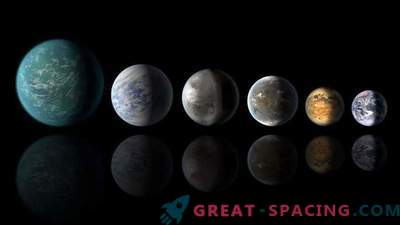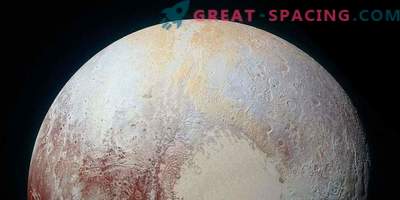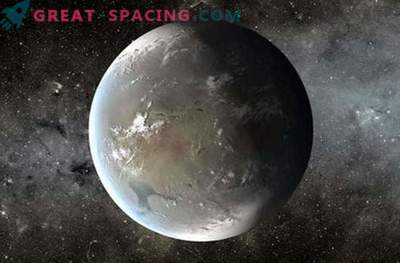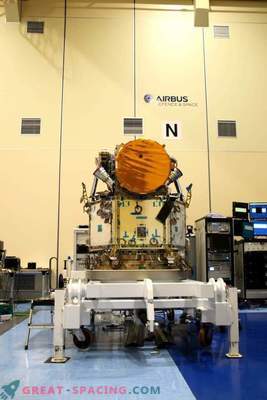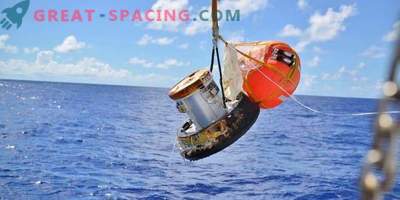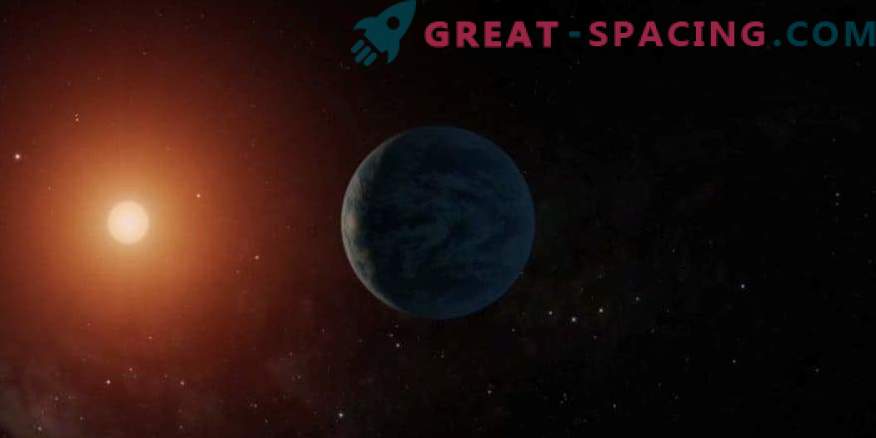
44 planets outside the solar system were found at once. This exceeds the average of extrasolar surveys of 10 or less. The results will improve existing models of solar systems and help scientists study the atmosphere of exoplanets. Created new methods will also speed up the confirmation of candidates to foreign worlds.
An international team of astronomers combined data from NASA's Kepler, the Gaia ESA space telescope and the ground-based American telescopes. The study was taken over by John Livingston, a graduate student at Tokyo University. In the end, managed to find 44 of the world with a description of their characteristics.
Some of the results provide amazing descriptions. For example, 4 planets make orbital flights of stars in less than 24 hours. That is, the year for each world is shorter than the earth. It was also nice to find a lot of little worlds. 16 were in the same class as Earth, as well as a small planet the size of Venus.
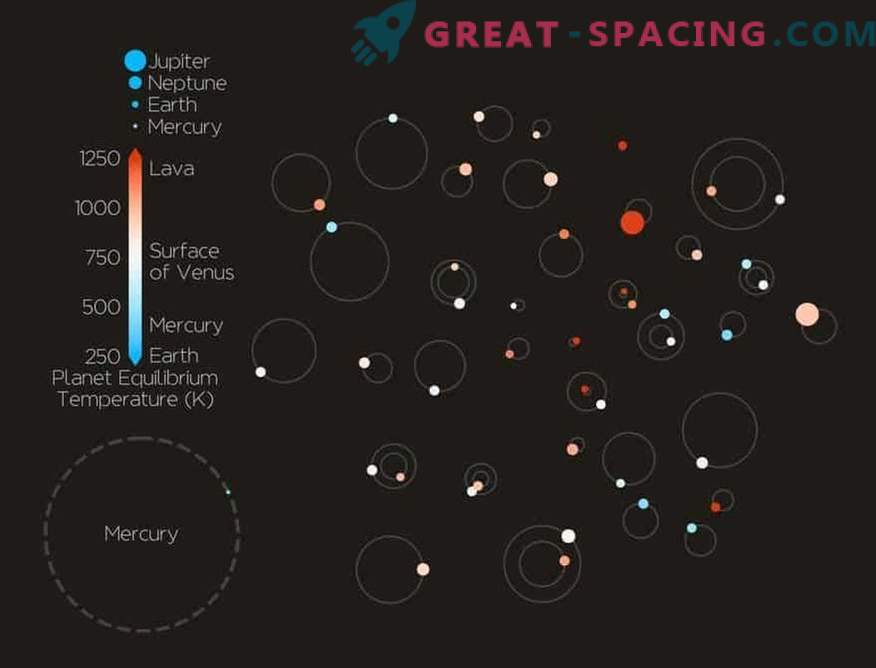
44 confirmed planets, as well as their approximate size class, orbits and surface temperature
The initial observations for the study were made by Kepler, who redeveloped after an error in 2013. Then two of the four wheels failed and the telescope could not fulfill the original mission to study a particular celestial region. But this led to the emergence of a K2 mission with 10 campaigns. Observed K2 planets are transit because they pass along the orbital path in front of the stars, reducing brightness. However, such signals cause other astrophysical phenomena, therefore, to confirm the planetary nature of the signals, observations and a detailed statistical analysis were conducted. Additional observations revealed the characteristics of stars and eliminate false positives. The combination of K2 and Gaia data made it possible to accurately deduce dimensions and planetary temperatures. The team's findings include 27 additional candidates who will be the future subject of research.
Scientists hope to understand which planets may end up there, but for now you can only put forth sound conclusions if there are enough planets for reliable statistical analysis. Therefore, the discovery of new worlds leads to a better theoretical understanding of the formation of the solar system.

